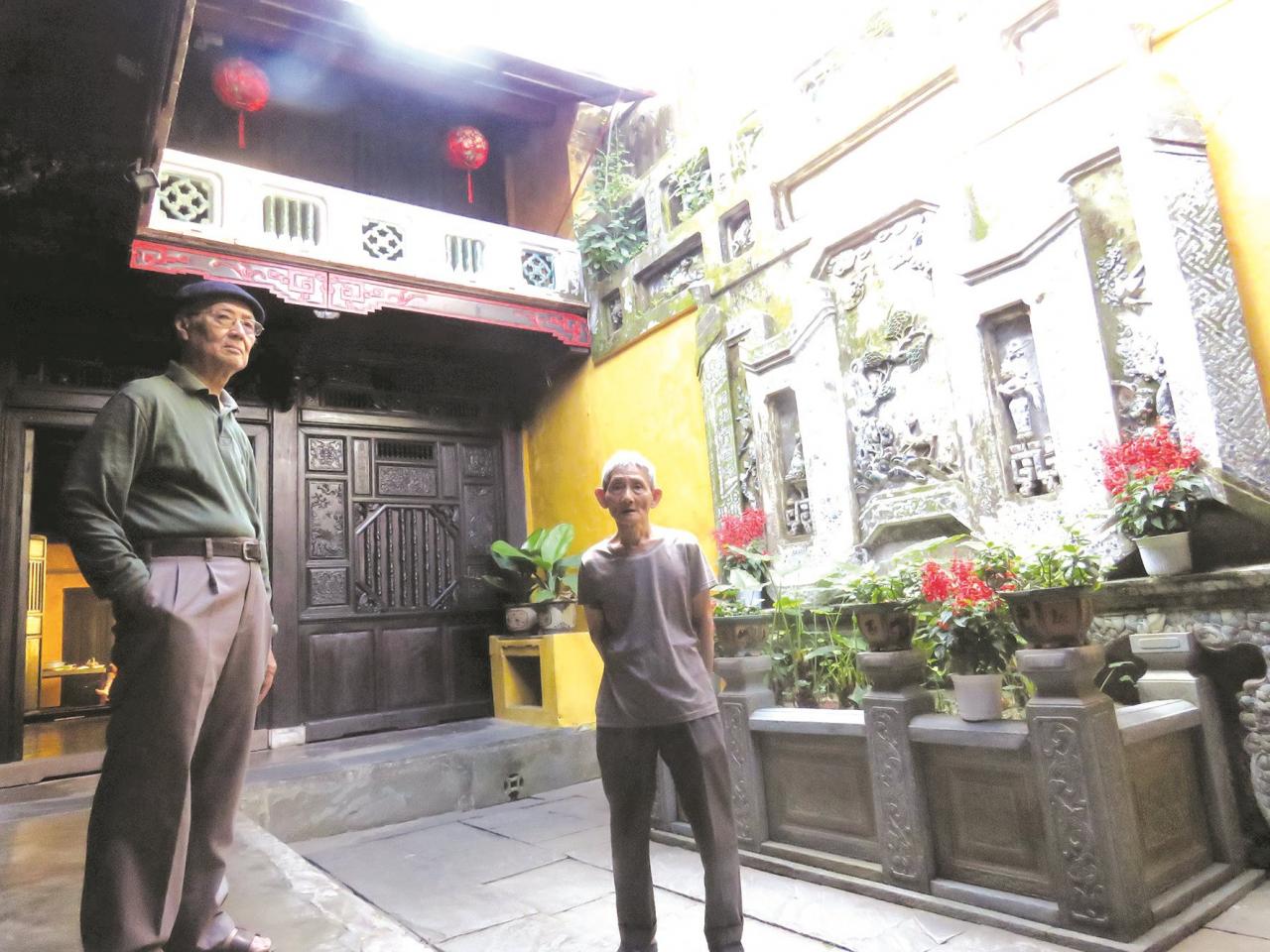
“I used to live in my aunt’s house on Nguyen Thai Hoc street in 1952, there was a skylight that was very cool. People called the skylight a heaven, it took in the sun and wind, living in that house was very cool”. “Does it attract whirlpools during big storms?” “The house is surrounded by houses, no problem”.
Still in the taciturn manner of someone who already knows enough, Mr. Tang Xuyen (Management Board of Tuy Tien Duong Minh Huong, Hoi An) mumbled that he had heard that some houses had roofs covering the skylights, which was against the architectural function.
I remember Mr. Phong - Chairman of Minh An Ward People's Committee said in a flash over the phone that there were also cases of violations of regulations on preserving ancient houses regarding skylights. People covered them with tarps and plastic. If the locals or the relics reported it, the ward would warn them the first time, and make a record for handling the matter the second time. But to be honest, the ward has too few people following up on urban management and land administration...
Mr. Tang Xuyen shook his head: "They do it inside the house, secretly, so we don't know." Listening to him, I remembered the words of Mr. Nguyen Su, former Secretary of Hoi An, that the management of the old town must be inside, not standing out on the street!
… Quan Thang Ancient House (77 Tran Phu). The skylight is about 20 square meters in size and still retains its quiet beauty over the years. This is a tourist attraction. The owner of the house is Mr. Diep Bao Hung. Under the skylight, a ceramic relief of flowers, birds, and animals has a few pieces missing.
Flowers and ceramic pedestals accentuate the green of the bonsai. At 9am, the gentle sunlight has yet to touch the old wall. It reflects a very clear light on the roof, like the color of pale wine trying to evaporate.
The spring air was cool. I stood watching two old men talking about the spring ceremony, then preparing to hold a worship ceremony in the middle of the yard. The scene was no different from an ancient movie scene with solemn world affairs, as if real and not staged.
“The porcelain and furniture are still there, more than 300 years old,” Mr. Hung said softly. I asked him, “Where does the water drain?” “The coin is right there in that corner…” Oh, there are two Tien Bao coin-shaped bricks in the corners of the well.
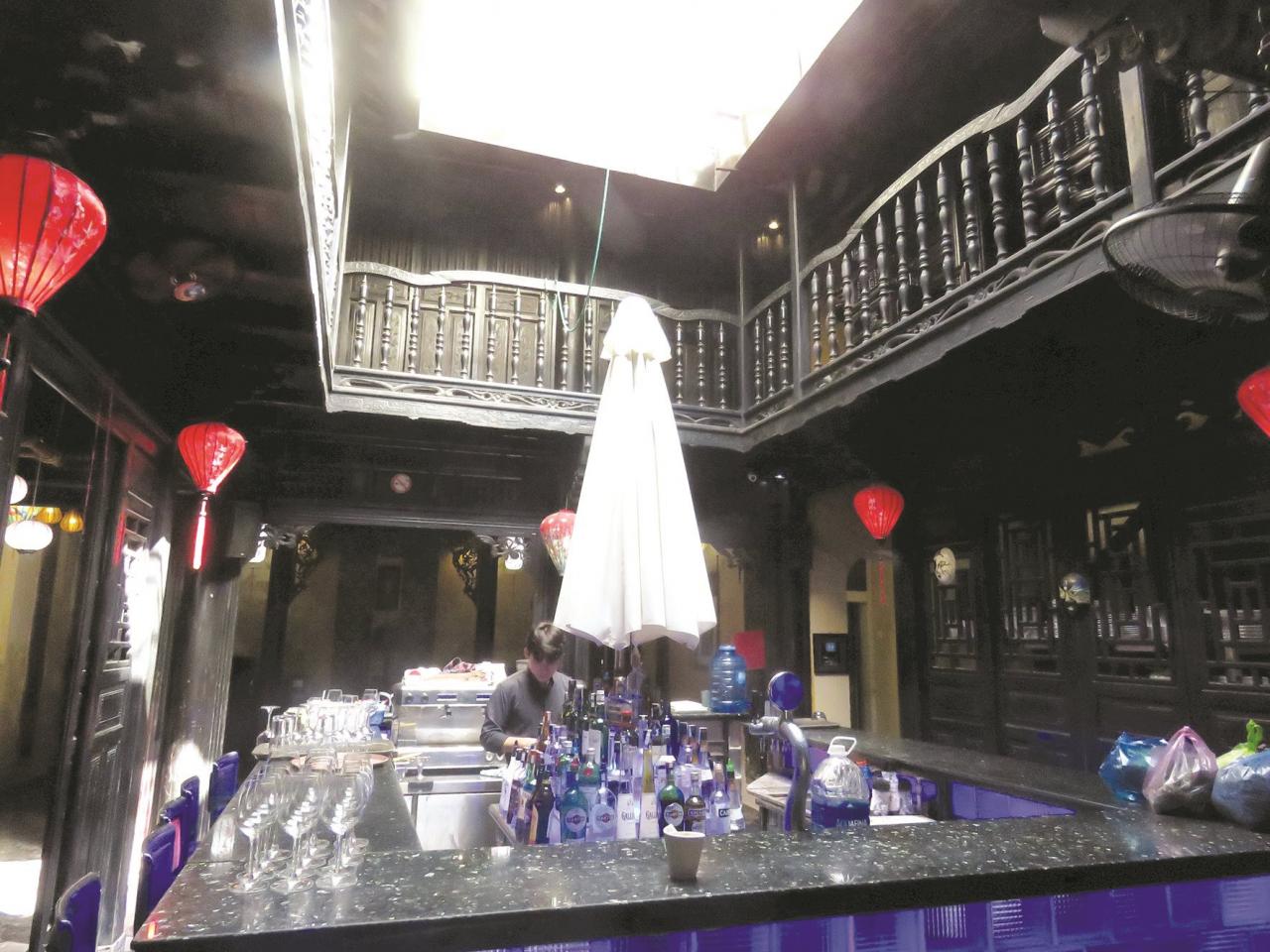
Heavy rain still wet, so the homeowner extended the roof by another meter with corrugated iron to hold the wooden frame inside the house. But in general, it still sparkles with its function and presence as an architectural principle that the ancients did not just like to do.
The skylight is still there, right in the old town area. It has not been destroyed, especially the houses selling sightseeing tickets, the special houses, the owners who "still keep the house style for a hundred years".
But when the number of houses for rent reaches 40%, and houses for sale account for 30% of the total number of ancient house relics, a whirlwind of distortion of the soul, lifestyle, and even the function of ancient houses comes.
The buyer is unlikely to damage or change anything, because they have paid for the old house, which means they understand its antique value. The only fear is that they will rent it out for business with the motto of collecting all the profit, at any price.
I went to the Xoai Xanh restaurant at 54 Nguyen Thai Hoc. It was a quiet morning. The waitress said the owner was from the North. This was a restaurant that sold alcohol. The skylight area was gone, because it was a bar. The upper floor of the skylight was made of iron frames and covered with movable plastic sheets.
The “nostrils” were blocked, left slightly open to let in a faint light. The owner was no longer there, not a person of the city, so what was the point of breathing?
We turned back. I saw a trace of regret in the old man's eyes. "This used to be Tuong Lan shop, which specialized in selling areca nuts, fish sauce, and votive offerings. The owner was one of the three Chinese capitalists in Hoi An," his words were enough for me to hear.
Behind the threshold, the bar's glass bottles clinked as the young man working there cleaned the bottles, glasses, and cups. One fell. One broke. One was sad.
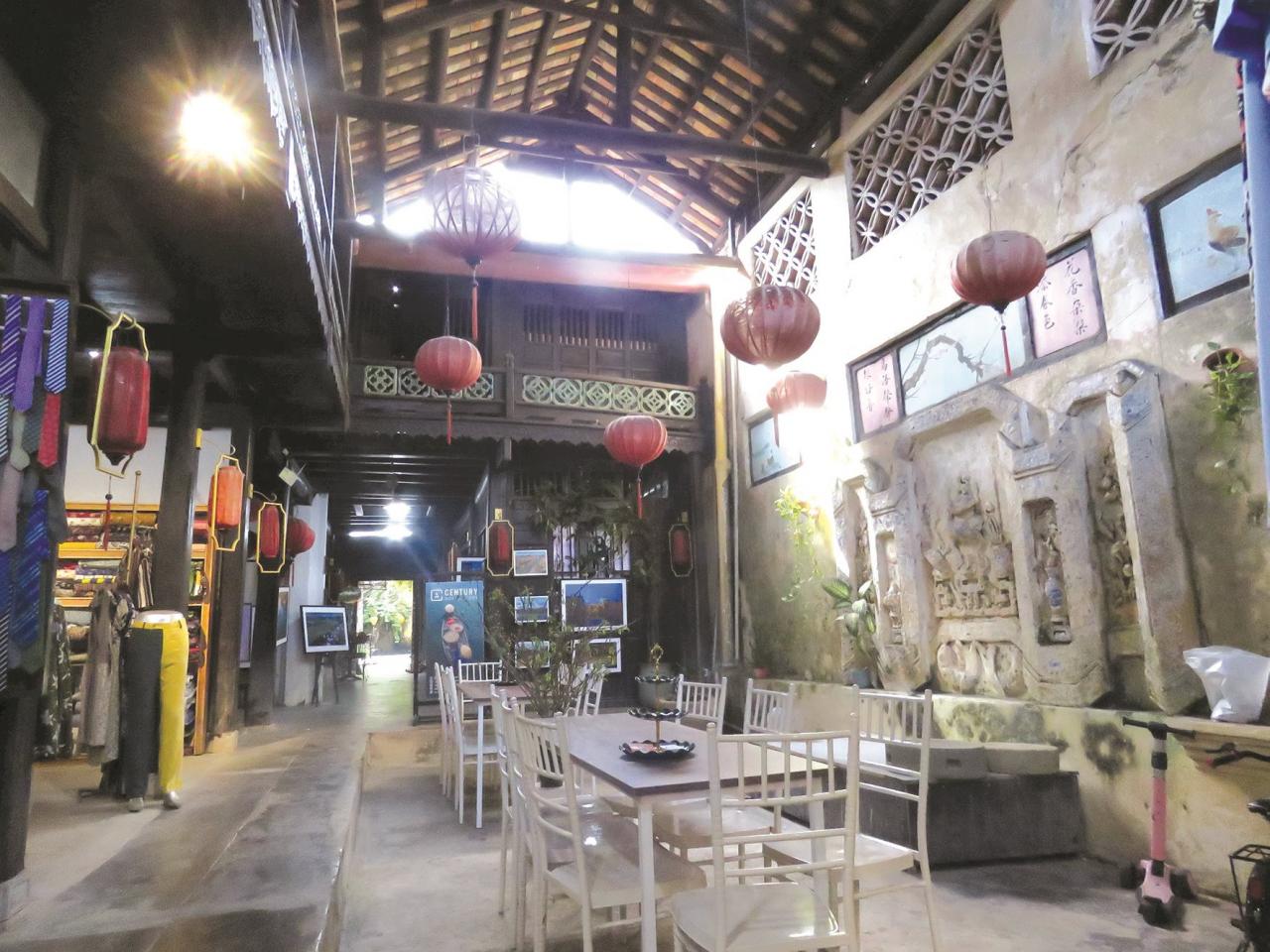
And here, house 41 Nguyen Thai Hoc. It is Tram Lang coffee shop. The top part of the well is covered with yin-yang tiles, the wooden frame is old. The side part is framed on one side, the remaining part is a triangle about 1m2 used for light. In the middle of the well yard are two coffee tables. The screen is worn and pale. Two drainage pipes are covered with vines, some are broken. The owner is a local.
The mission of harmonizing heaven and earth, open yet closed, living in a house but talking to heaven and earth through a well as a link, an intermediate lightning rod, was once put aside.
That is the harshness of life. In terms of needs, when modern people do not know enough, because... how much is enough. Money replaces the air-wind-heaven-earth-yin-yang. But then again, living in those houses, trying to keep this area intact, is also difficult.
Time has blown away all the reliefs and elaborate motifs. Just looking at the screens, the exhaust pipes, and the way this area is arranged, it is enough to see that it is not only used to get air, wind, and light, but also a miniature landscape for people to put themselves in a dream and dialogue.
“It was very difficult, it was too hot back then, so I made a corrugated iron roof to cover it, because it was too hot, heavy rain would splash everywhere, and the wind would blow, but the government wouldn’t allow it,” the homeowner said as if to explain… they had no choice but to hang a tarp halfway up the well.
“We have to make a tarpaulin, if it rains and the wind is strong, we have to tie it tightly, otherwise if we make a pull-out tarpaulin, the wind will tear everything apart”. I remember the places I just visited, if the skylight is not covered, the wooden walls and the pillars near the well will be dull and damp. It will rot quickly, and it will cost money. “My house was the first to be renovated, the well yard was also low back then, but it was paved with cement so it is now shallow”…
Skylights are not a… specialty of Hoi An, because this architectural solution existed in ancient Rome, in the Pantheon. Japan, India, Egypt… also have them. Many other countries also have them.
But in Hoi An, in the ancient Chinese architecture, the skylight is a way of “four waters returning to one”. Water here is rainwater, implying that all wealth returns to the house. That is not enough, it helps balance yin and yang, absorb the sun, moon, rain and dew of heaven and earth. Someone has compared it to the heart of the house when it is located in the center.
Hoi An's specialties are not ancient houses or cakes, but Hoi An people with their culturally refined behavior, in harmony with nature, open-closed, always reserved but never closed.
Miniature gardens, green bonsai, even a few pots exposed to the rain and sun, that is green thinking, isn't it? Green means connecting with nature, living enough, thinking enough and doing enough. Enough in the sense of nurturing cultural character and the ideal of acting in accordance with nature and pleasing people.
A day of business faces many things. The sunset afternoons, the clear moonlit nights, the misty mornings, the few square meters of space are like windows opening to the sky and earth.
Not only does it make the air in the house clear, making everyone feel relaxed and close, but it is also a place to sit and talk to heaven and earth, to have a monologue, a true Zen garden for people to balance their minds and control themselves. There, they put themselves in the position of a speck of dust, meaning that in the turmoil of the sun and wind, they live properly as a speck of dust and then return to the earth.
I sat in the yard of Ms. Thai Hanh Huong's house, looking at the lonely tile several hundred years old in a corner, remembering the Tang poem: "The yellow crane flies away and never returns...".
Source


![[Photo] Prime Minister Pham Minh Chinh chairs the regular Government meeting in March](https://vstatic.vietnam.vn/vietnam/resource/IMAGE/2025/4/6/8393ea0517b54f6791237802fe46343b)
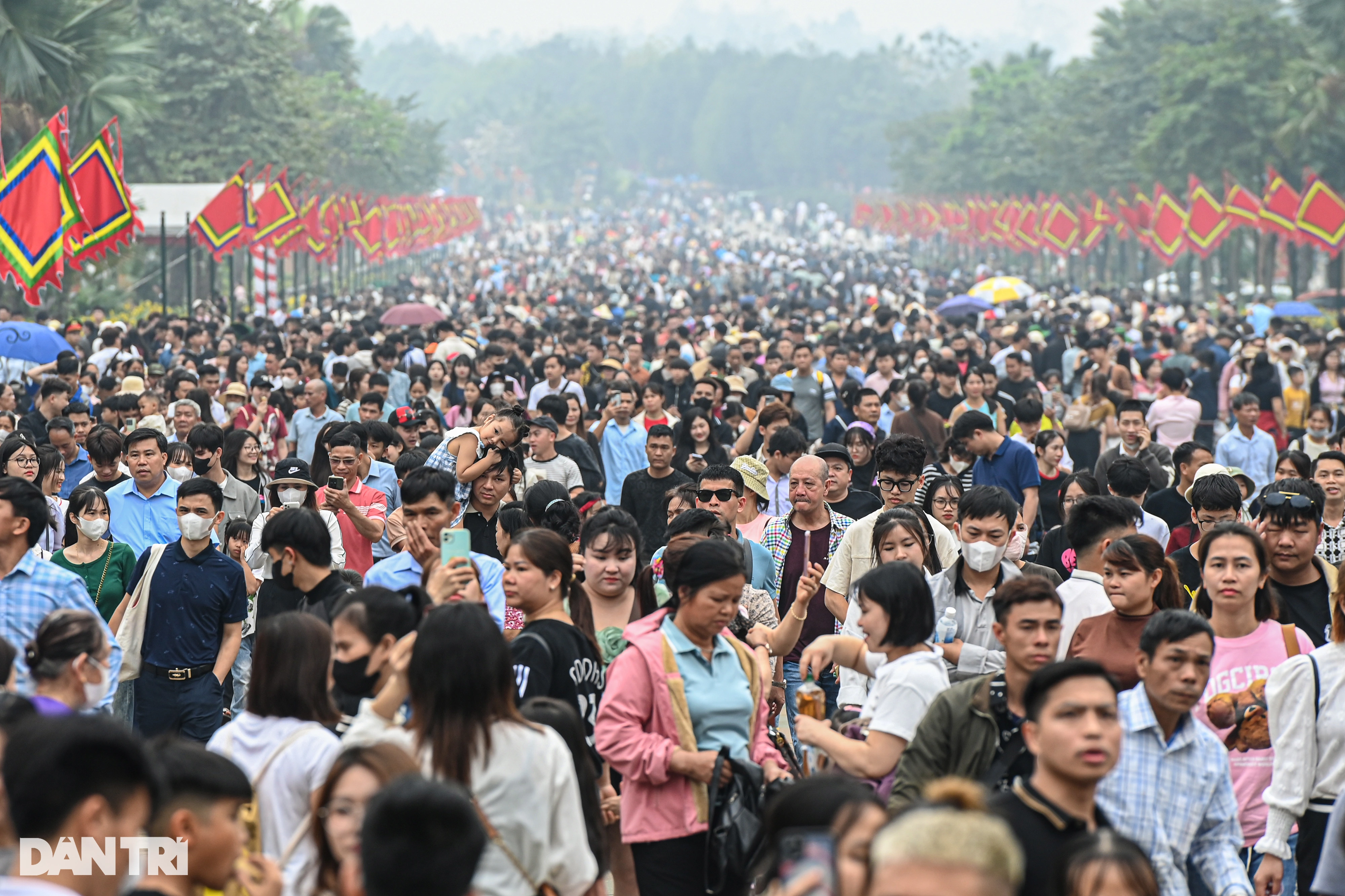
![[Photo] Military doctors in the epicenter of Myanmar](https://vstatic.vietnam.vn/vietnam/resource/IMAGE/2025/4/6/fccc76d89b12455c86e813ae7564a0af)

![[Photo] Solemn Hung King's Death Anniversary in France](https://vstatic.vietnam.vn/vietnam/resource/IMAGE/2025/4/6/786a6458bc274de5abe24c2ea3587979)
![[Photo] Vietnamese rescue team shares the loss with people in Myanmar earthquake area](https://vstatic.vietnam.vn/vietnam/resource/IMAGE/2025/4/6/ae4b9ffa12e14861b77db38293ba1c1d)
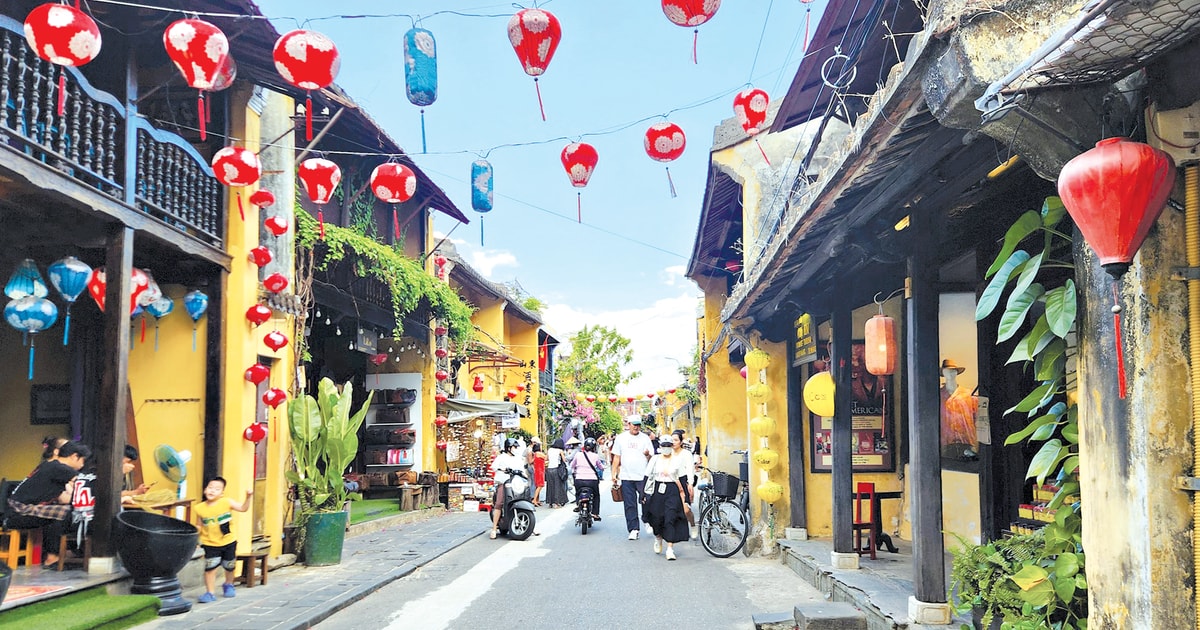



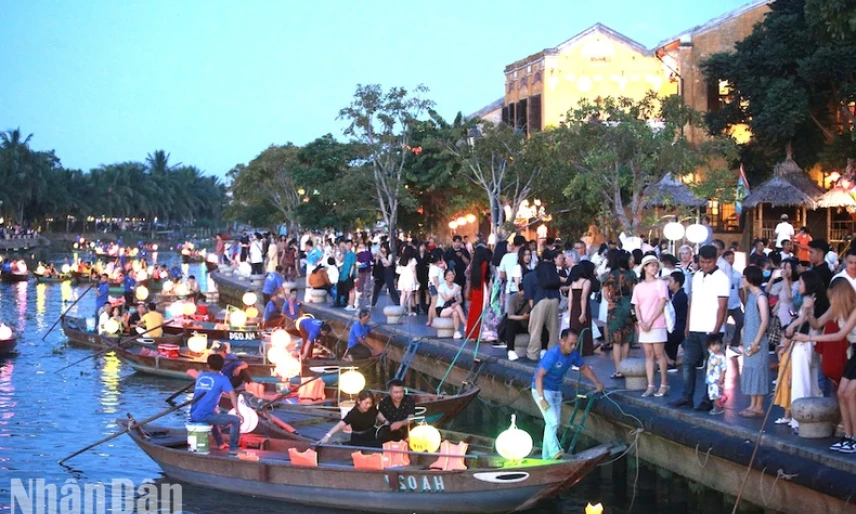

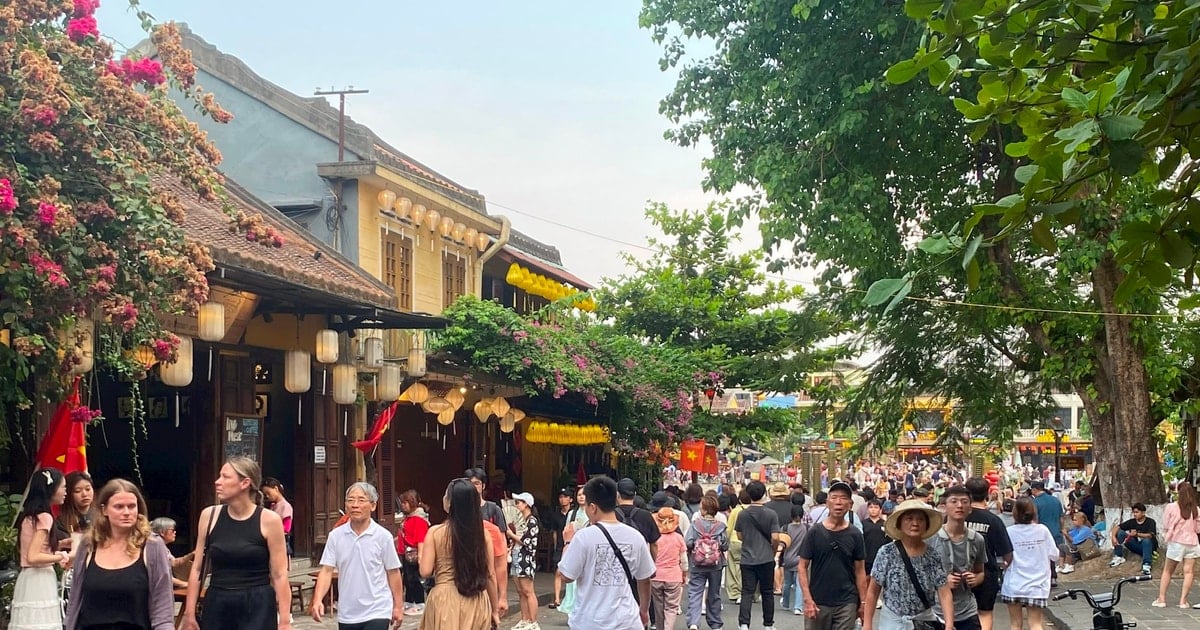
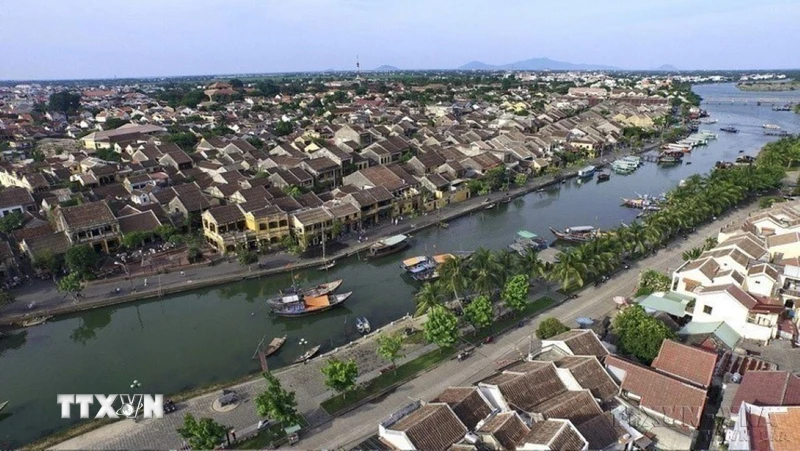







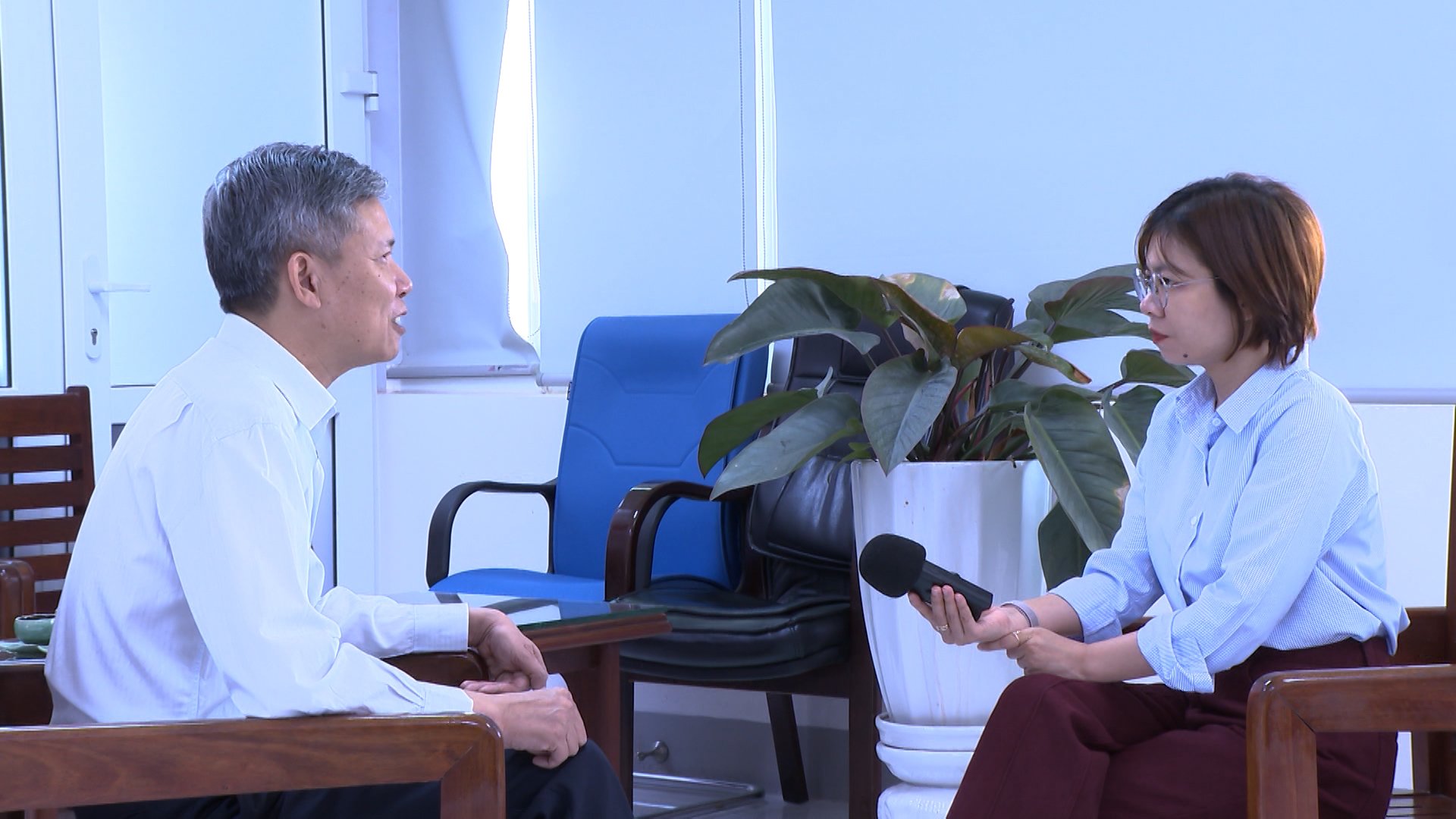
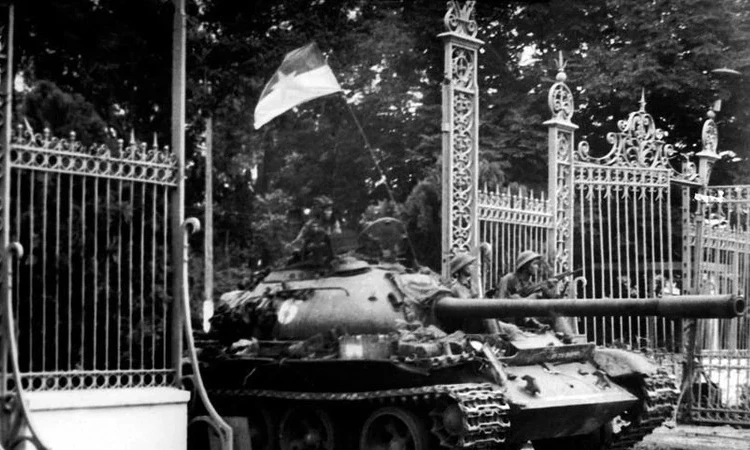

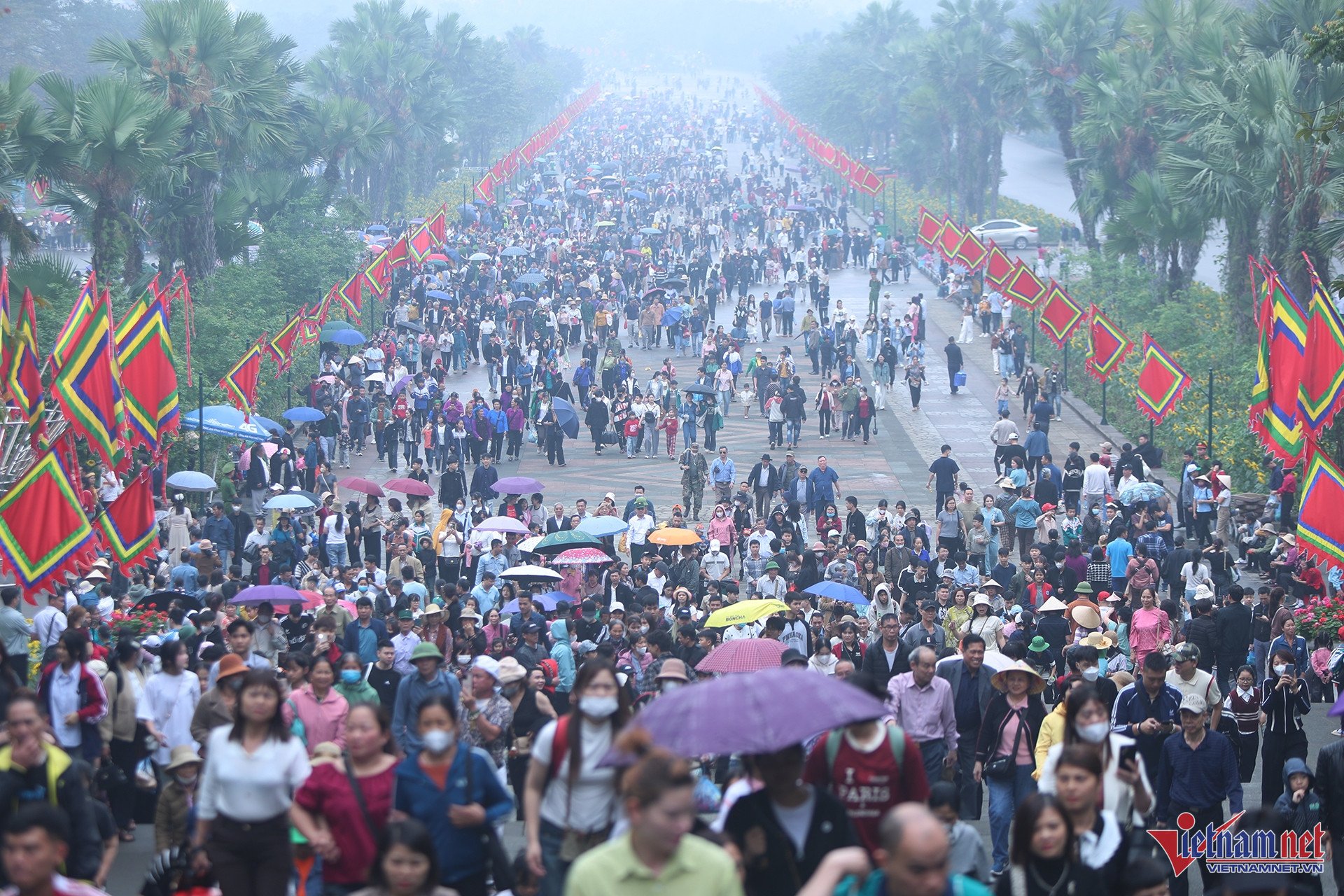

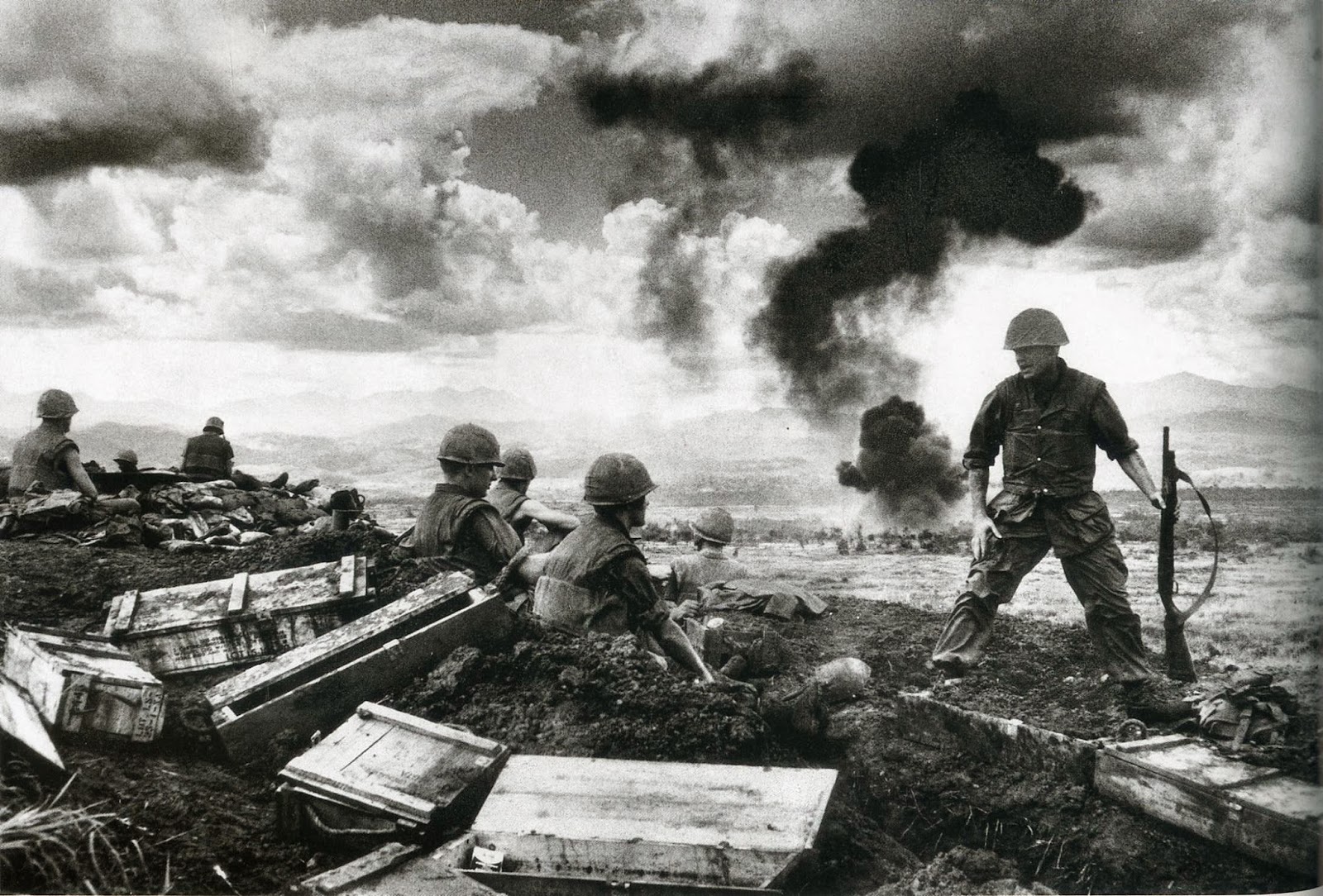
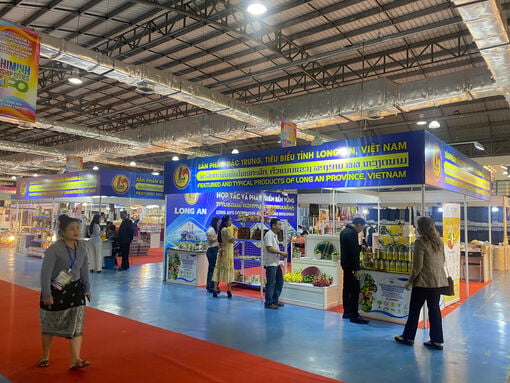

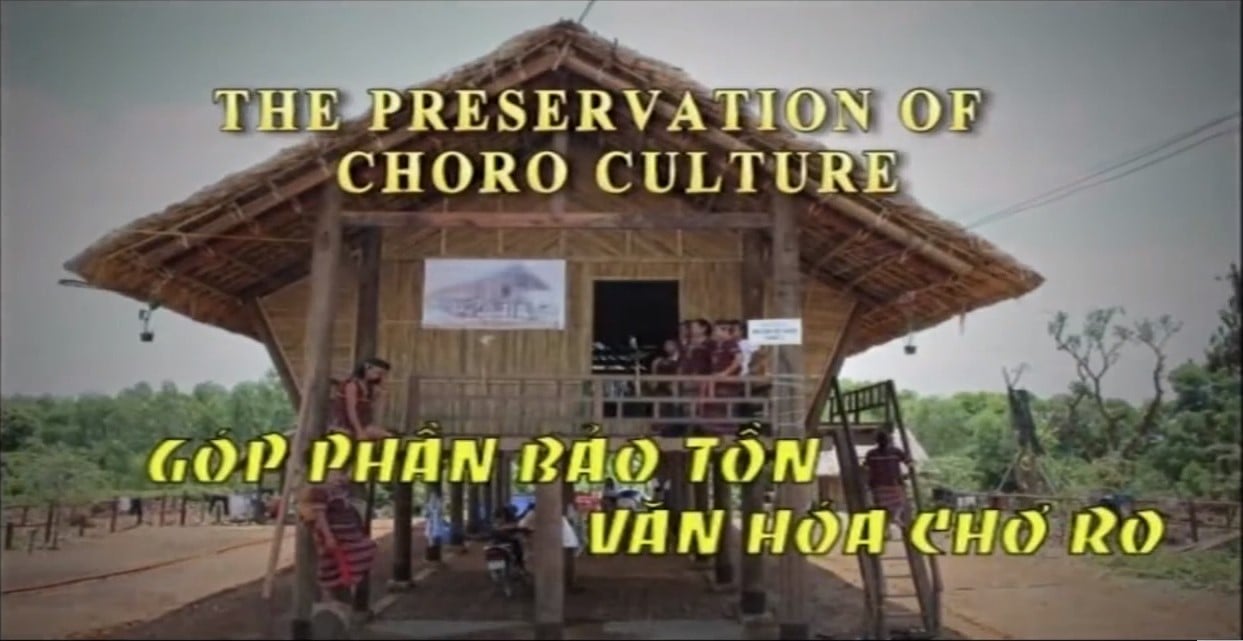


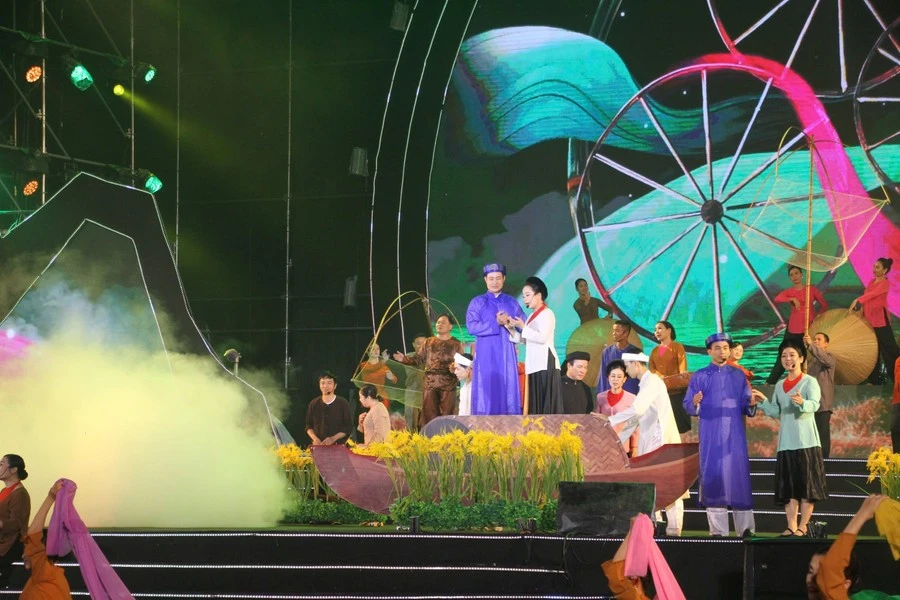

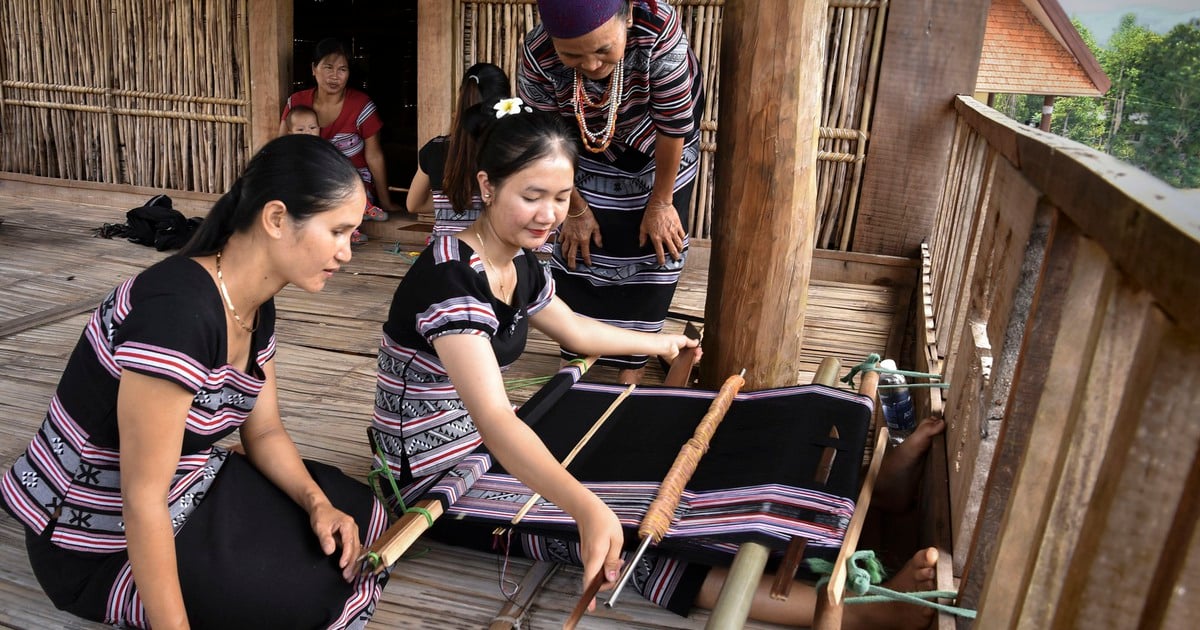



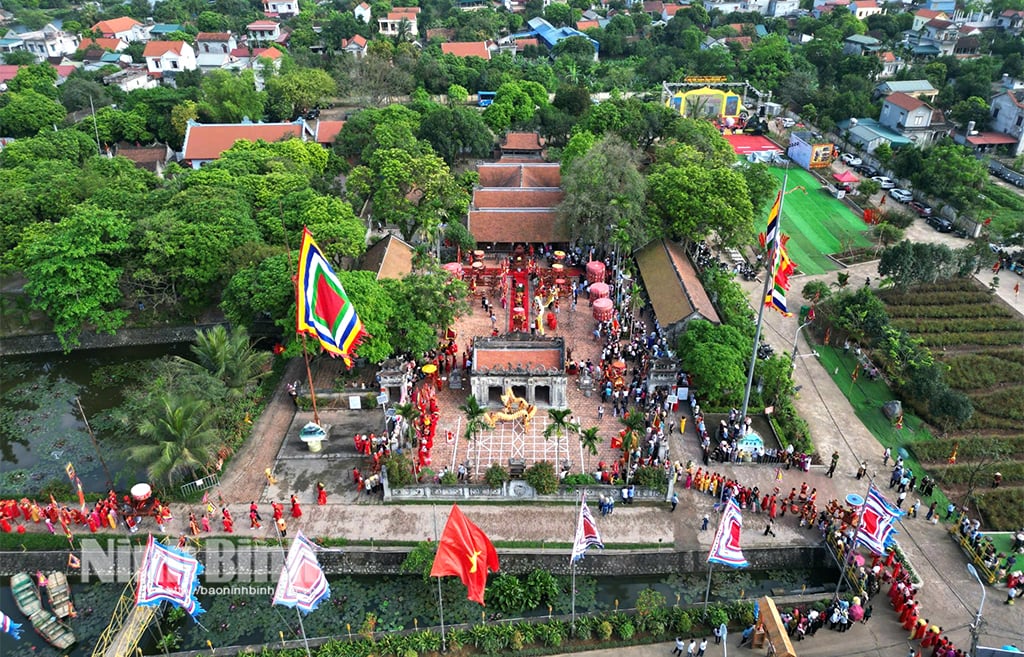



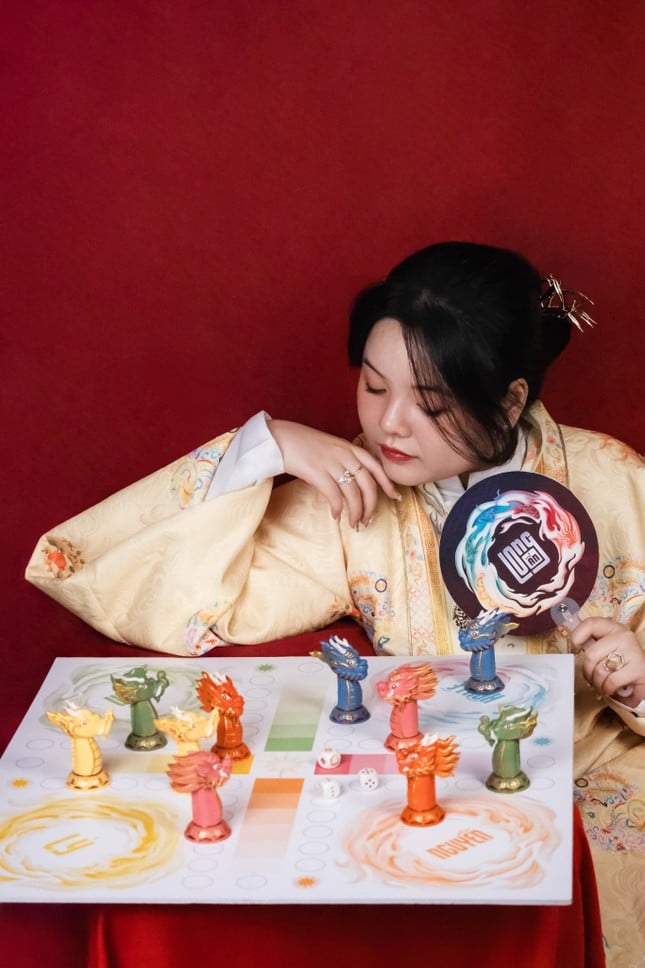

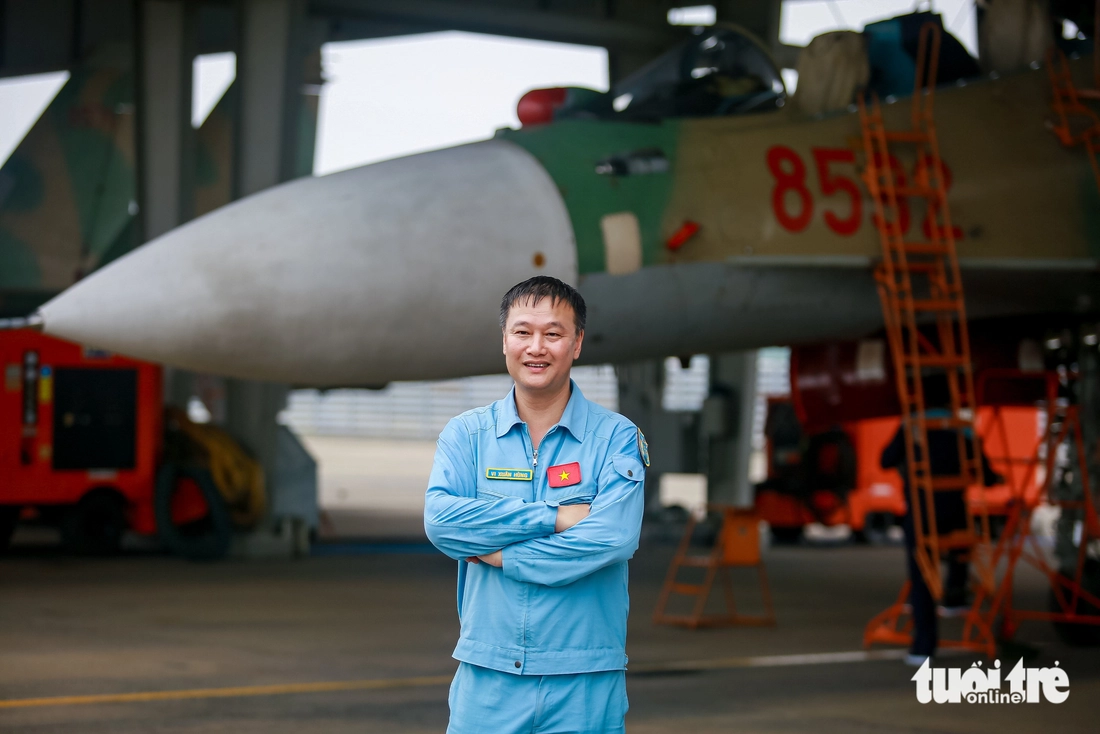



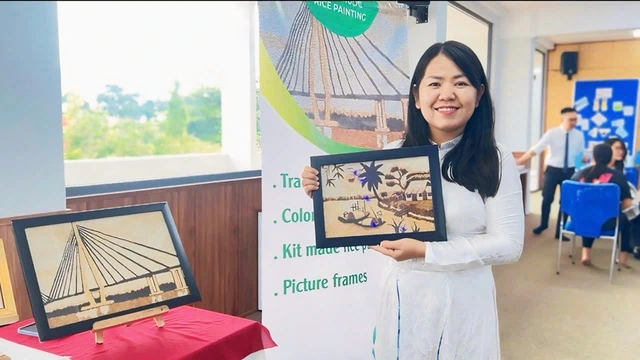
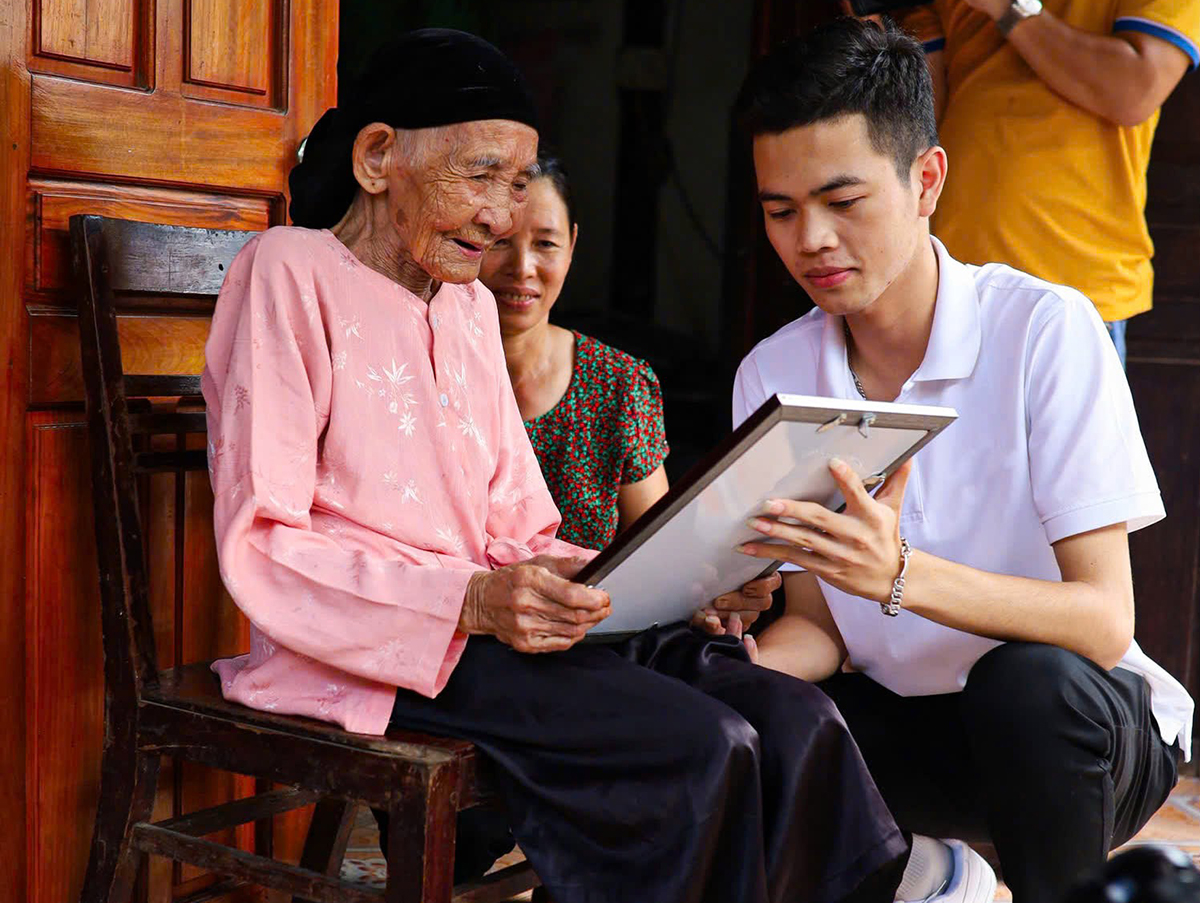

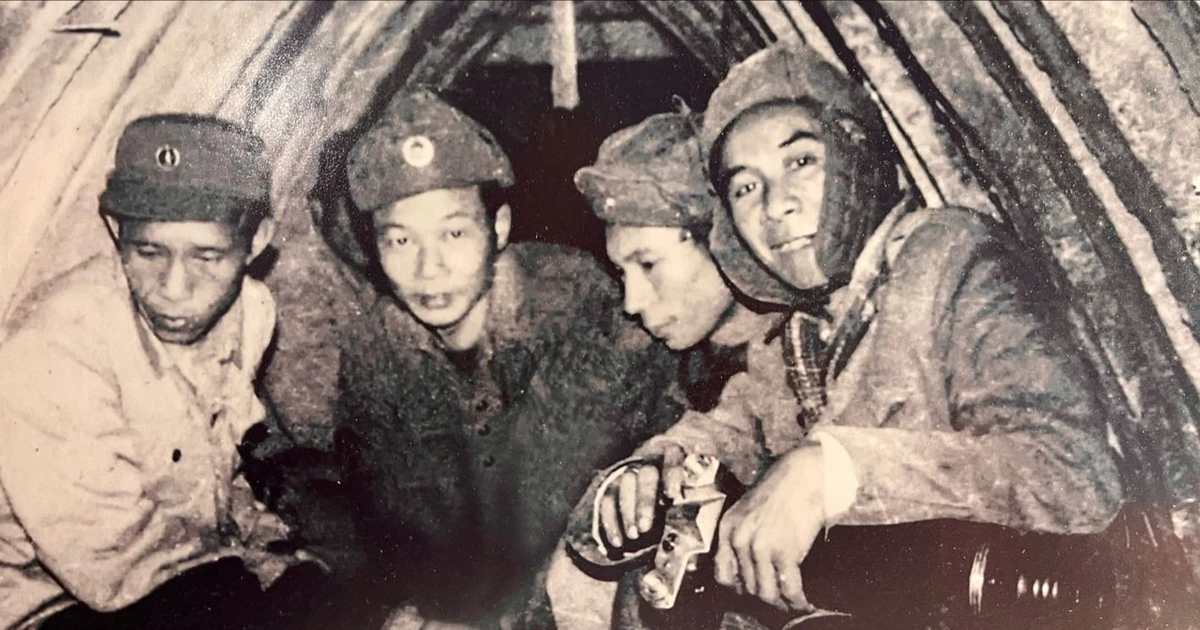



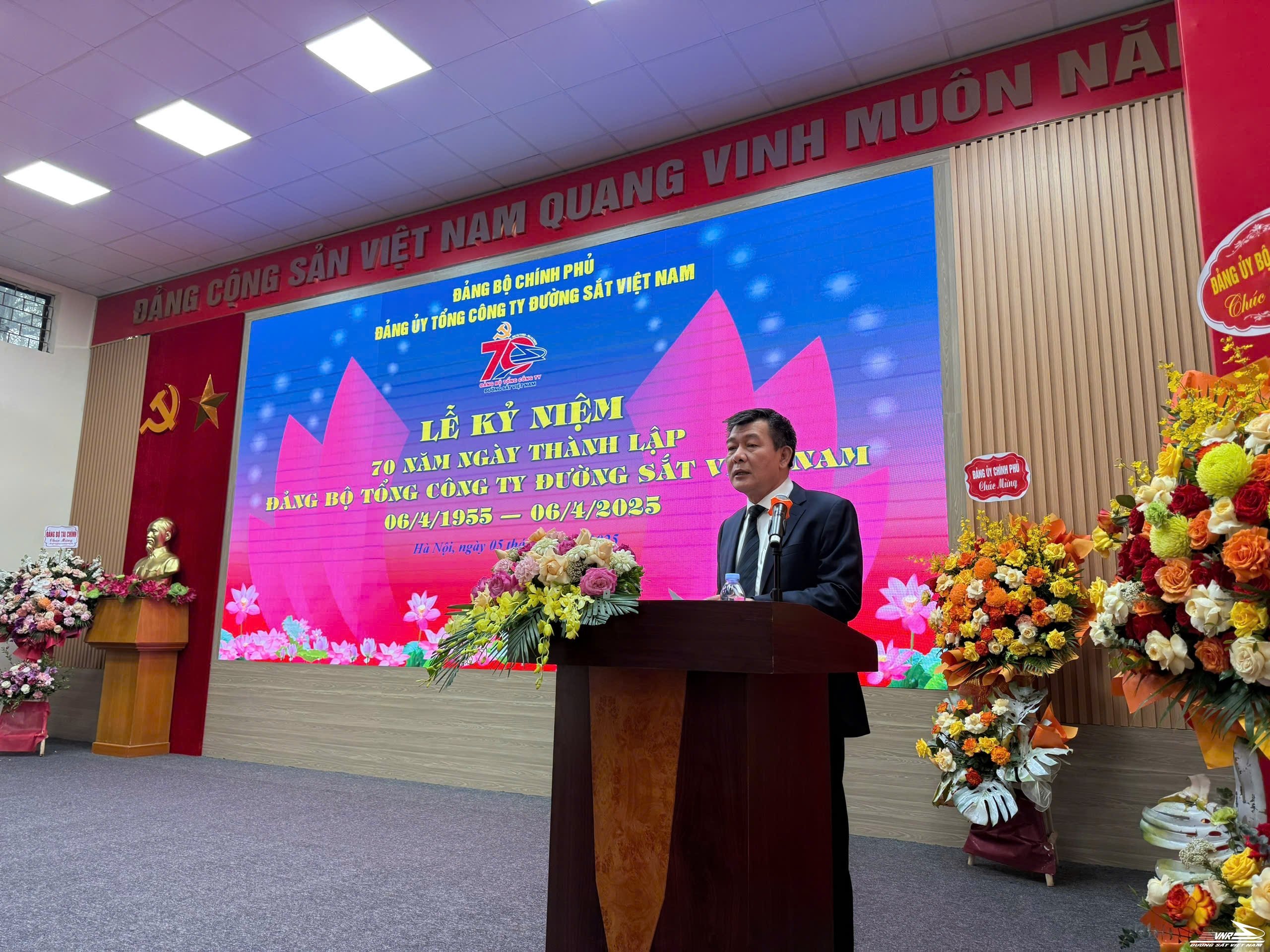
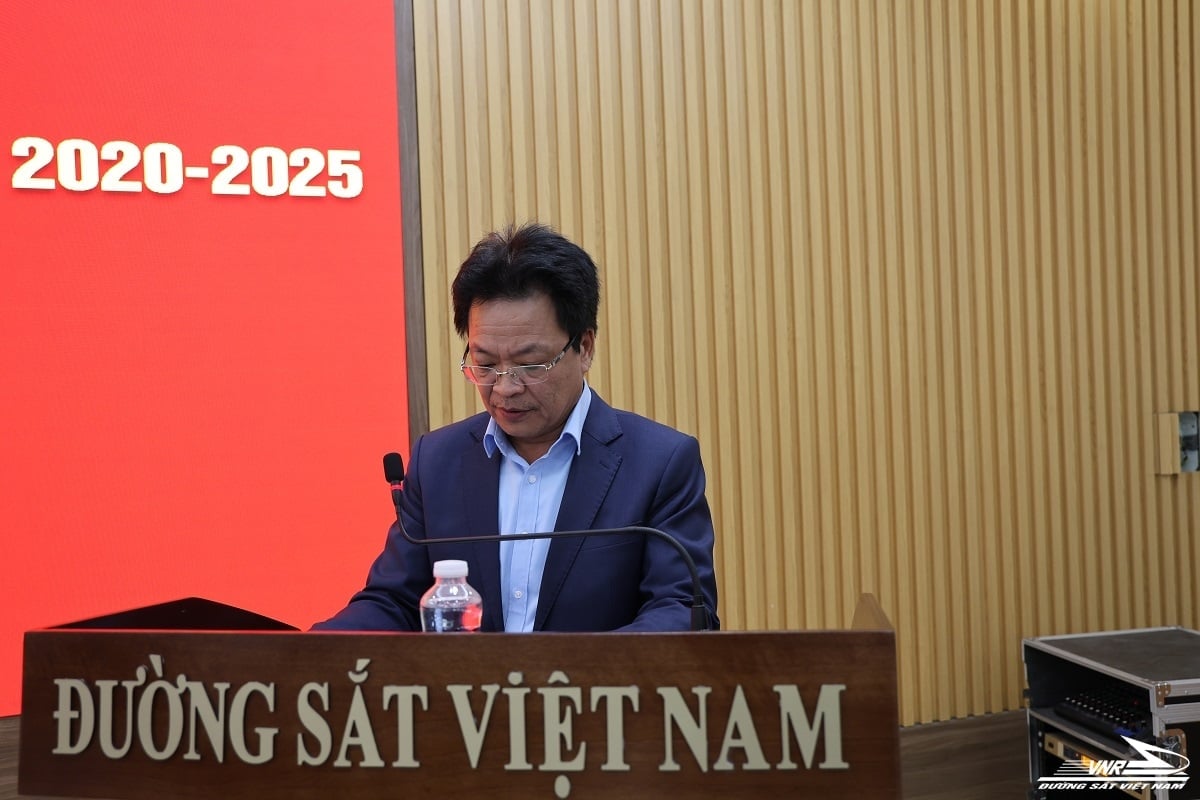
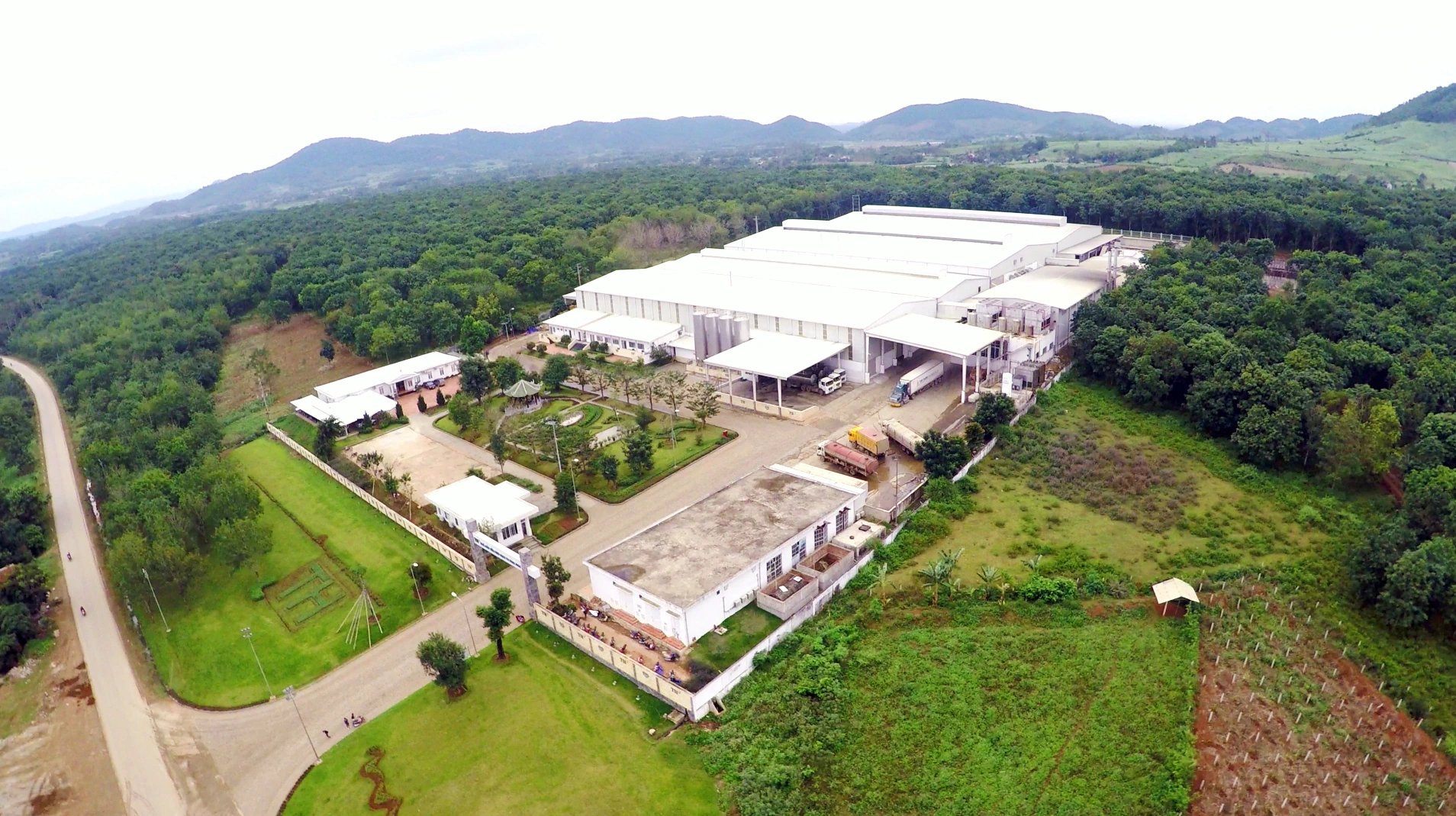

















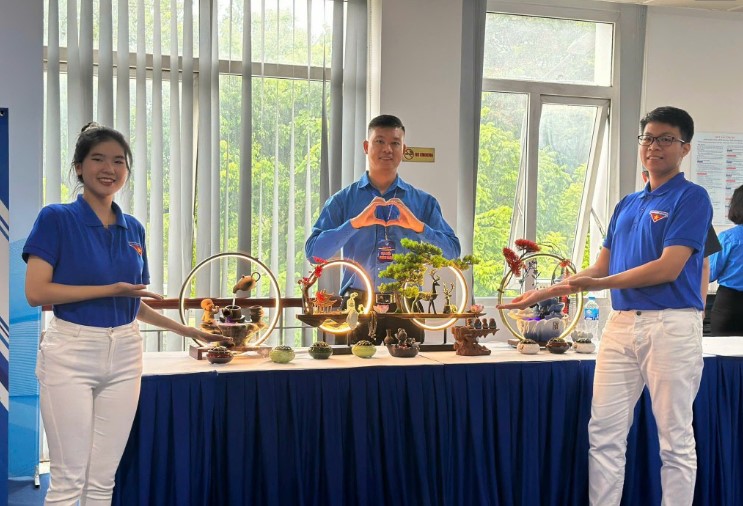
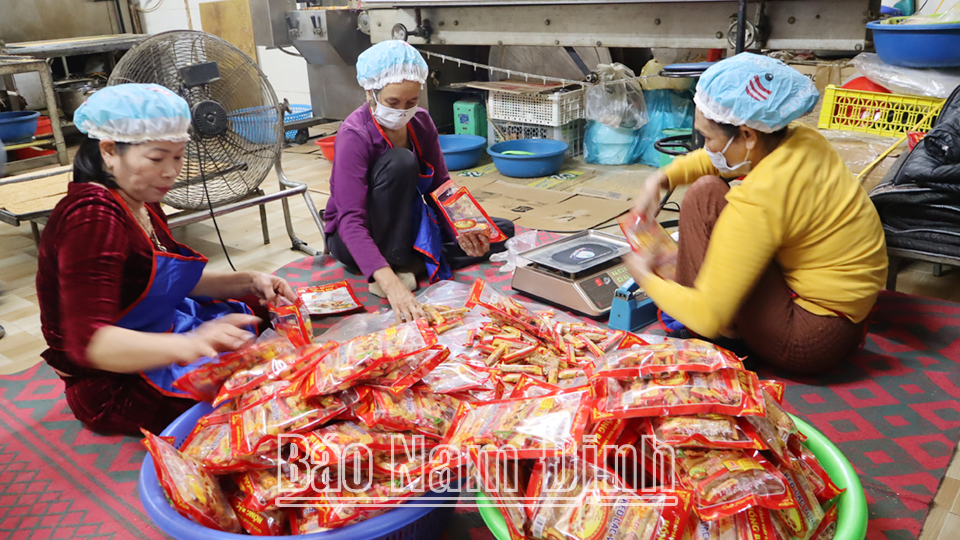





Comment (0)